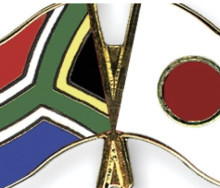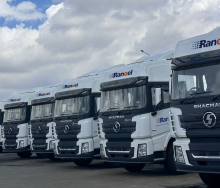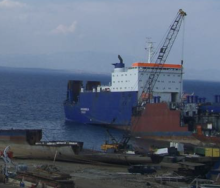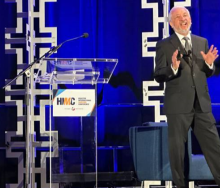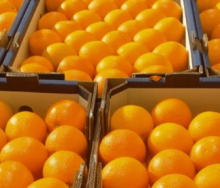South African consumer demand for faster, more efficient internet connectivity has been a boon for optic fibre cable manufacturer Yangtze Optics Africa Cable (YOA), which has grown exponentially in just a few years.
The firm, one of just five optic fibre cable manufacturers in the country, commenced operations in Dube TradePort Special Economic Zone (DTPSEZ) in 2017 and now plans to expand to a bigger factory in Dube TradeZone 2.
YOA chief executive Pieter Viljoen said that the firm was using 50% of its one million fibre kilometres plant capacity in 2019. This rose to 65% in 2020 and to 95% during 2021.
He said local consumer consumption and demand for faster, easier internet connectivity had accelerated by the onset of Covid-19, and a major shift to working from home had driven demand for YOA’s products. He added that the auction of the 5G spectrum would only accelerate this demand.
The Independent Communications Authority of South Africa’s (Icasa) 2021 report on the state of the ICT sector shows the rapid shift in consumer behaviour during lockdown. Revenue from prepaid mobile data and messaging increased by 80.2% and 35.8%, respectively in 2020, while prepaid mobile voice revenue dropped by 29.5%. This was accompanied by an increase in smartphone subscriptions from 53m in 2019 to 60m in 2020.
YOA made its first profit in 2019, within two years of starting production. By 2020 it was a sustainable entity, spurred on by the Covid-19 lockdown and demand for fibre to the home (FTTH), the company’s ability to continue to operate at full capacity as an essential producer, and a shift in the type of fibre products manufactured. Dube TradePort Corporation also assisted the firm to qualify for special economic zone benefits and other Department of Trade, Industry and Competition (dtic) support, while construction of the factory was fast-tracked.
“Last year we added two additional lines and this year we will add another three lines, which uses our floor space to its maximum. We have proven ourselves and become a dominant player in the market in a short space of time,” Viljoen said.
Key to YOA’s high growth has been its focus on innovation and research and development. In the past five years it has brought five new products to the market, which Viljoen said “have had a significant impact on the market”.
One of these was the drop cable - a short span of cable that connects the home to the fibre cable in the street. This has enabled fibre service providers to fast-track fibre roll-out and home connections.
“We look at the needs of our customers and innovate products that will enable them to provide services to their downstream clients,” Viljoen added.
YOA’s rapid growth has positively impacted employment, with its staff component increasing from 48 people in 2017 to 112 in 2022. The proposed expansion will increase employment to 180 people.
Viljoen said a third of the staff were multiskilled, which provided flexibility on the production floor.
About 90% of components used in the production of optic fibre cable are imported as it is not yet viable to manufacture these locally. Viljoen said the fibre cable industry had been in discussions with the dtic regarding localisation, and YOA had initially considered also setting up a glass-fibre drawing plant.
However, economies of scale make local production unviable as the SA market of 2.5-3m fibre kilometres is tiny compared to the global market of around 500m. Of this, China has a market of 190m, the USA 70m and the EU 60m.



